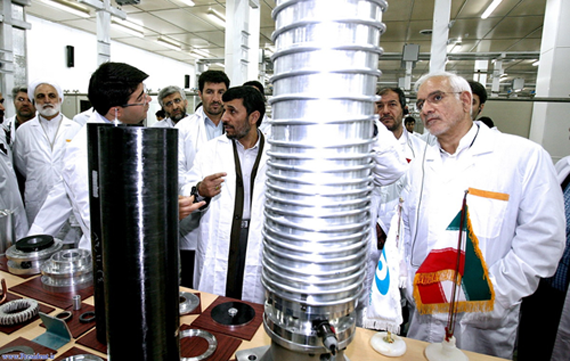
The clock marking off the time it may take Iran to produce enough highly enriched uranium (HEU) to pose a credible military nuclear threat is ticking more slowly than was once assumed.
That's the consensus of experts in the non-government arms control community, according to a briefing today by Ivan Oelrich and Ivanka Barzashka of the Federation of American Scientists in Washington, D.C.
Oelrich, a nuclear physicist and FAS vice president, and Barzashka, a FAS researcher, concluded last fall that estimates of Iran's potential HEU production rate should be lowered dramatically. Their assessment--based on an analysis of measurements made in Iran by inspectors for the International Atomic Energy Agency--appeared in last fall in the Bulletin of the Atomic Scientists. It drew skepticism at first, Oelrich says. But after a vigorous debate, others now appear to have accepted the idea that Iran's potential production rate of HEU (processed to yield 20% U-235) is only one-half to one-fifth as high as earlier estimates.
This downsizing is based on the performance of finicky centrifuges used to churn out HEU at Iran's main uranium processing facility in Natanz. The machines are far less efficient than the European-made ones from which they are illicit copies. Iran has put a huge effort into HEU production. But assessments by some nuclear experts--such as recent notes in blogs by Jeffrey Lewis of the New America Foundation and David Albright and Jaqueline Shire of the Institute for Science and International Security—suggest that Iran will be hard-pressed to turn out even small quantities (a few kilograms) of HEU in a year. Iran says that new, more efficient centrifuges will go online this spring. More >>>